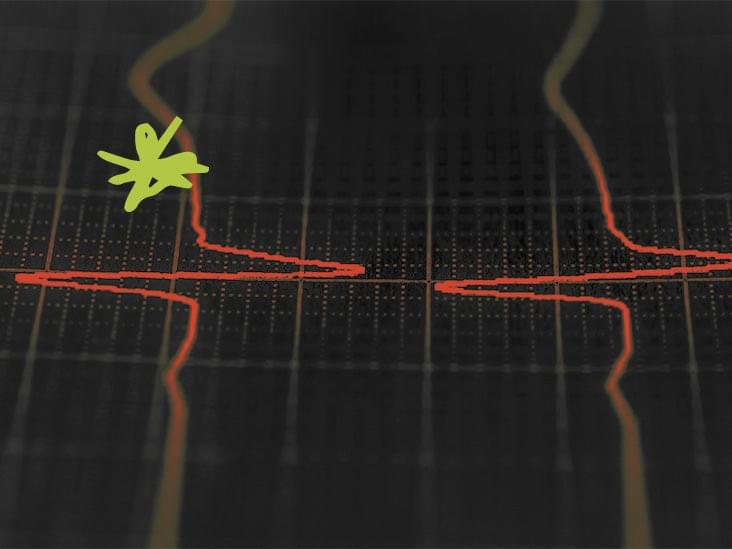Interview from the Conference “Emergence and Panpsychism” in Munich 2011.
More information and the complete list of videos here: http://www.geiststaub.de/
Interview from the Conference “Emergence and Panpsychism” in Munich 2011.
More information and the complete list of videos here: http://www.geiststaub.de/

Get a free bag of fresh coffee with any Trade subscription at https://www.drinktrade.com/isaacarthur.
Our search for extraterrestrial life assumes alien life based on water and carbon, but could there be biochemistries based on other substances?
NSS Townhall Registration & Q&A Submission: https://space.nss.org/nss-town-hall-july-20-with-nss-senior-leadership/
Visit our Website: http://www.isaacarthur.net.
Checkout this episode ad-free on Nebula: https://nebula.tv/videos/isaacarthur-ammonia-based-lifeforms.
Support us on Patreon: https://www.patreon.com/IsaacArthur.
Support us on Subscribestar: https://www.subscribestar.com/isaac-arthur.
Facebook Group: https://www.facebook.com/groups/1583992725237264/
Reddit: https://www.reddit.com/r/IsaacArthur/
Twitter: https://twitter.com/Isaac_A_Arthur on Twitter and RT our future content.
SFIA Discord Server: https://discord.gg/53GAShE
Listen or Download the audio of this episode from Soundcloud: Episode’s Audio-only version: https://soundcloud.com/isaac-arthur-148927746/ammonia-based-lifeforms.
Episode’s Narration-only version: https://soundcloud.com/isaac-arthur-148927746/ammonia-based-…ation-only.
Credits:
Ammonia-Based Lifeforms.
Episode 404, July 20, 2023
Written, Produced & Narrated by:
Isaac Arthur.
Editors:

https://youtube.com/watch?v=1131xTaVo8A&feature=share
1984 is a 1956 British black-and-white science fiction film, based on the 1948 novel Nineteen Eighty-Four by George Orwell, depicting a totalitarian future of a dystopian society.
This is the first film adaptation of the story, directed by Michael Anderson and starring Edmond O’Brien as protagonist Winston Smith, and featuring Donald Pleasence, Jan Sterling, and Michael Redgrave.
In 1954, Peter Cushing and André Morell starred in a BBC-TV made-for-TV adaptation which was extremely popular with British audiences, leading to the production of the 1956 film version. Donald Pleasence had also appeared in the BBC television version, playing the character of Syme, which for the film was amalgamated with that of Parsons. The script was co-written by William Templeton, who had previously adapted the novel for the US Studio One TV series in 1953.
For the US market, 1984 was distributed in 1956 as a double feature with another British science fiction film, The Gamma People.


Architects including Thom Mayne, Peter Cook and Reinier de Graaf have explained the thinking behind planned megacity The Line in a recently released 45-minute documentary.
Numerous architects feature in the recent Discovery Channel documentary, which is named The Line: Saudi Arabia’s City of the Future in Neom, alongside members of the Neom team and Saudi Arabia’s crown prince Mohammed bin Salman.
“I can’t think of anybody that wouldn’t want to be part of this project,” said Morphosis founder Mayne, while Cook Haffner Architecture Platform co-founder Cook said that “if it succeeds, it will be a new Babylon”.

